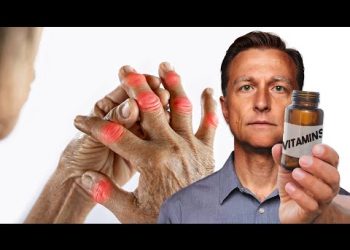Understanding HIV: A Brief Overview
HIV, or Human Immunodeficiency Virus, is a serious disease that affects the immune system by attacking vital cells, rendering the body less effective at fighting off illnesses. Understanding HIV is the first step in recognizing its symptoms and seeking appropriate care.
Initial Symptoms of HIV Infection
Unlike some diseases that present immediate symptoms, HIV can remain unnoticed in the body for a long time. Initially, individuals may experience flu-like symptoms such as fever, chills, and fatigue. Being aware of these early signs can potentially aid in earlier diagnosis and management.
Symptom Progression Over Time
As the virus progresses, symptoms may become more pronounced and diverse. In both men and women, symptoms such as rapid weight loss, persistent dry cough, and prolonged swelling of the lymph nodes can occur, indicating that the virus is actively weakening the immune system.
Specific Symptoms in Women
In women, HIV may present some additional symptoms not as common in men. These include changes in menstrual cycle patterns and increased susceptibility to yeast infections or bacterial infections. Women may also face a higher risk of pelvic inflammatory disease.
Symptoms in Men
For men, symptoms of HIV include occurrences like sores or ulcers on the genitals and increased instances of infections such as oral thrush. Understanding these gender-specific symptoms can assist in early recognition and timely intervention.
Importance of Early Detection
Early detection and diagnosis of HIV are crucial. The sooner the virus is discovered, the more effective the treatment can be. This not only aids in maintaining a higher quality of life for the individual but also helps in preventing the spread of the virus to others.
Steps for Testing and Diagnosis
Testing for HIV is widely accessible through clinics and medical facilities. Methods include blood tests and rapid tests that can provide results quickly. Regular testing, especially for those at higher risk, is an essential part of managing individual health and preventing transmission.
Living with HIV: Treatment Options
While there is currently no cure for HIV, antiretroviral therapy (ART) allows individuals to manage the virus effectively, reducing the viral load to undetectable levels. This in turn can lead to a healthier, longer life by strengthening the immune system.
Preventive Measures Against HIV
Preventive measures play a vital role in the control of HIV. Practices such as the use of condoms, safe needle practices, and pre-exposure prophylaxis (PrEP) for high-risk individuals can significantly decrease the risk of contracting the virus.
Support Systems and Resources
Emotional and social support is crucial for those living with HIV. Connecting with support groups, counseling services, and community resources can provide individuals with the necessary tools and confidence to manage the condition effectively.








